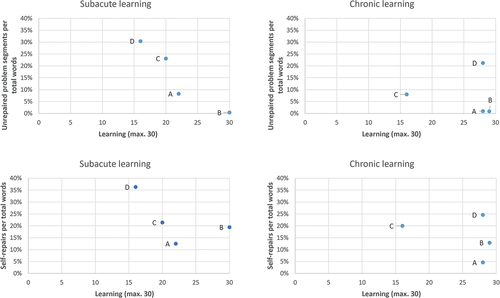Figures & data
Table 1. Demographic information on the participants.
Figure 1. The computerized learning task: one example trial with feedback. The response is depicted as a colored circle. In this example, the participant has pushed the left mouse button. This was the correct response; a smiling emoji is shown as feedback.
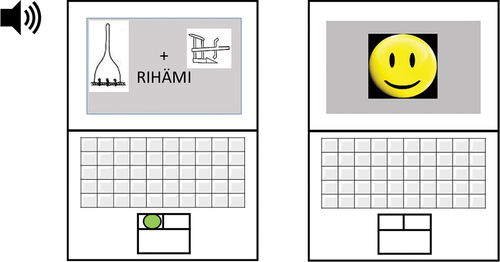
Table 2. Definitions and examples of the different self-repair element types. The elements are presented in bold style.
Table 3. Dependent variables measuring change during recovery of aphasia from subacute to chronic stage.
Table 4. The changes observed in cognitive-linguistic measures from the subacute test (0–3 months post-stroke) to the chronic test (12 months post-stroke) as well as aphasia types of all participants at both time points.
Figure 2. The proportion of self-repair elements (pausing, verbal self-repair elements, and re-formulations) out of total words in the speech samples per participant. A–D, participant IDs; Sub, subacute phase; chro, chronic phase.
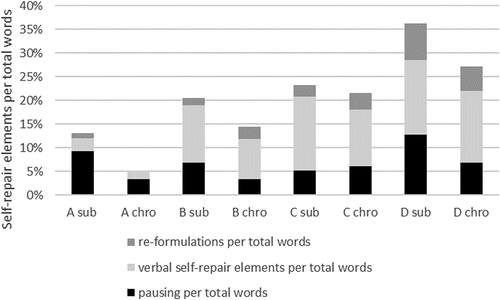
Figure 3. The proportion of words produced during unrepaired problem segments out of total words in the speech samples. A–D, participant IDs.
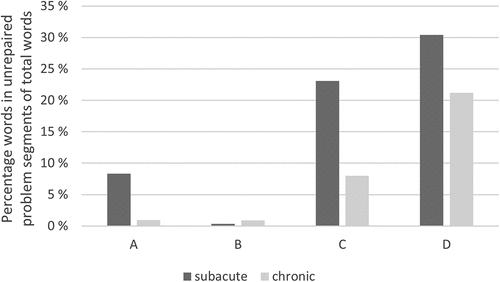
Table 5. The percentages of different self-repair elements in all self-repair segments of connected speech by participants A – D in two time points: the subacute (0–3 months post-stroke) and the chronic (12 months post-stroke) phase of recovery from aphasia.
Figure 4. Learning and maintenance of new vocabulary by participants A–D in the subacute (0–3 months post-stroke) and the chronic (12 months post-stroke) phase of recovery from aphasia. Learning and maintenance are measured by accurate recognition of the items. The dashed line shows the level of significant performance as measured by the Binomial test.
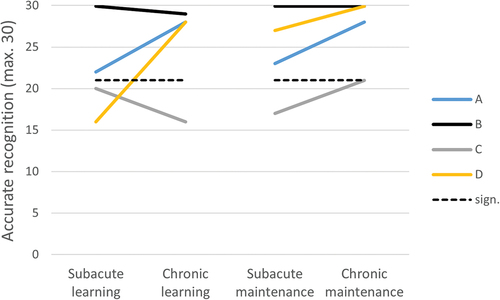
Figure 5. On the top row: The proportion of words produced by participants A–D during unrepaired problem segments in the subacute and the chronic phase out of total words in the speech samples. On the bottom row: The proportion of self-repair elements (pausing, verbal self-repair elements, and re-formulations) in the subacute and the chronic phase out of total words in the speech samples.
